The Steven Rollins Chess Rule
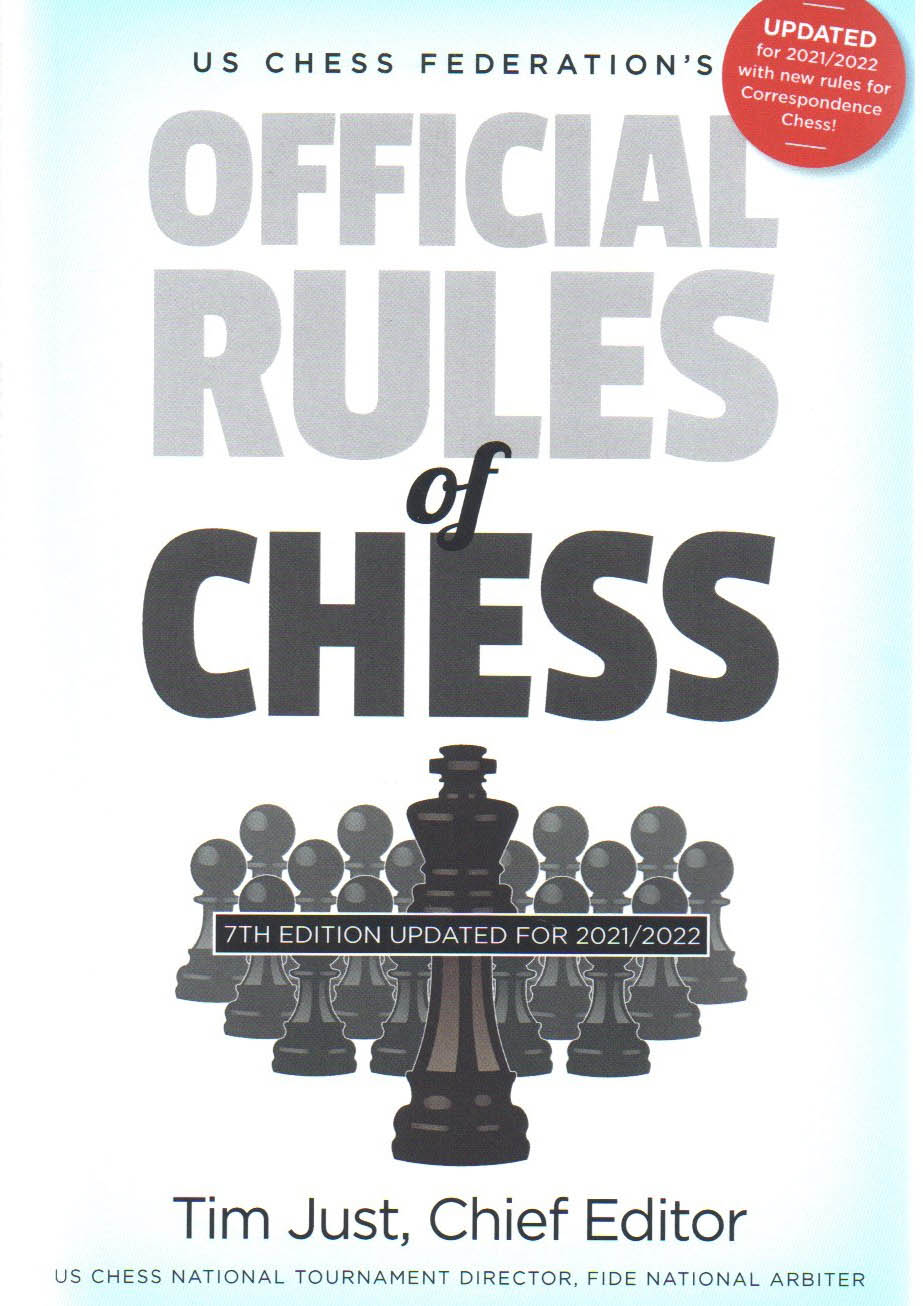
In most team competitions, teammates don’t play each other, but retired U.S. Marine Corps Master Sergeant Steven Rollins thought of a novel way that allows teammates to play each other without adversely affecting the team score. In 2014, his “Rollins Military System” was included as Rule 31A1 in the U.S. Chess Rule Book.
Kobe Bryant, one of the greatest basketball icons in history, was known as a player of an extremely high standard through an insane work ethic and a relentless will to succeed. He was also a prolific scorer but had a tendency not to want to pass the ball.
There are a lot of stories about Kobe including the time he wouldn’t pass the ball to the dominant center Shaquille “Shaq” O’Neal in the final minutes. Shaq was a notoriously poor free-throw shooter and Kobe would take it upon himself to win the game. After Shaq told him that there was no “I” in “team,” Kobe responded, “No, but there is an M-E in the muthaf$*!r” Well… maybe Kobe is right after all.
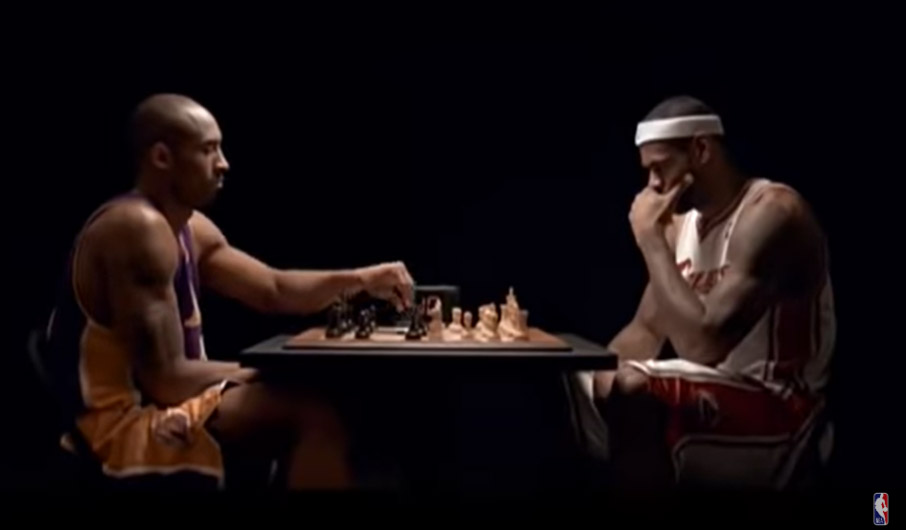
When playing in team sports you have to be self-sacrificing for the good of the team. It is the same in chess when you are in a team competition. You often see in Olympiad tournaments that players have to play more aggressively when their team is in need of a win. However, what if you are in a much smaller competition and team points are compiled from individual players. Enter the Rollins Scoring System. Below he explains the concept.
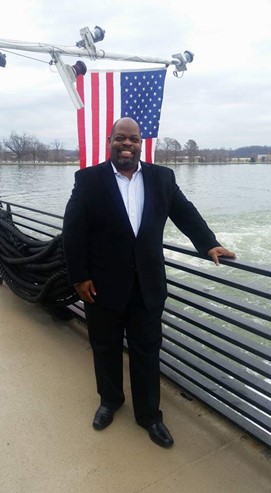
MSgt. Steven Rollins, USMC (retired)
It’s the age-old problem. There are many players and only a few teams and two (or three) of the best players are on the same team. Since the structure of team chess tournaments doesn’t allow team members to play against each other, at the end of the day everyone is left wondering who was the best player in the room. That was the situation we faced with the US Armed Forces Open Chess Championship. Over 100 players and only Army, Navy, Air Force, and Marine Corps teams. Everyone wanted their team to win but we also struggled with age-old rivalries over who was actually ‘the best.’ With the added pressure of time, we also could not afford to hold both an individual and team tournament back to back.
That’s where Rule 31A1 helps by providing a means to determine an individual and team tournament from the same event. The dynamic structure of the event allows a full-on competition with no penalty or hindrance to players who play against other teammates while also allowing the crowning of a team and individual champion at the end of the day. Two tournament results from a single event.
Example
For the sake of the example, let’s assume a 100-person chess tournament composed of 4 unevenly numbered team participants (30 North, 40 South, 16 East, and 14 West). These could be different regional groups, different schools, or even different grades within the same school.
- The event is designed for 6 rounds using a completely individual, swiss pairing without regard to team affiliation according to the rules of the event.
- After all 6 rounds have been completed, the individual champion is selected using the already agreed upon tie breaks announced in the event.
- For the team champion, each team member receives a score based on the inverse of the number of participants. For our example, the number 1 player out of the 100-person event receives 99 points. The second-best player receives 98. And so on and so forth.
- Depending on the size of the team agreed in the rule (four for our example but the system works regardless), the slots are filled using the highest placing players from each team.
- The points each player earned from the individual event are tabulated and the team with the highest score claims the team championship victory.
Here is a working model from the example:
The following scoring happens in a fictional tournament of 100 players with four teams (North, South, East and West) of six players each in a five-round Swiss-style tournament.
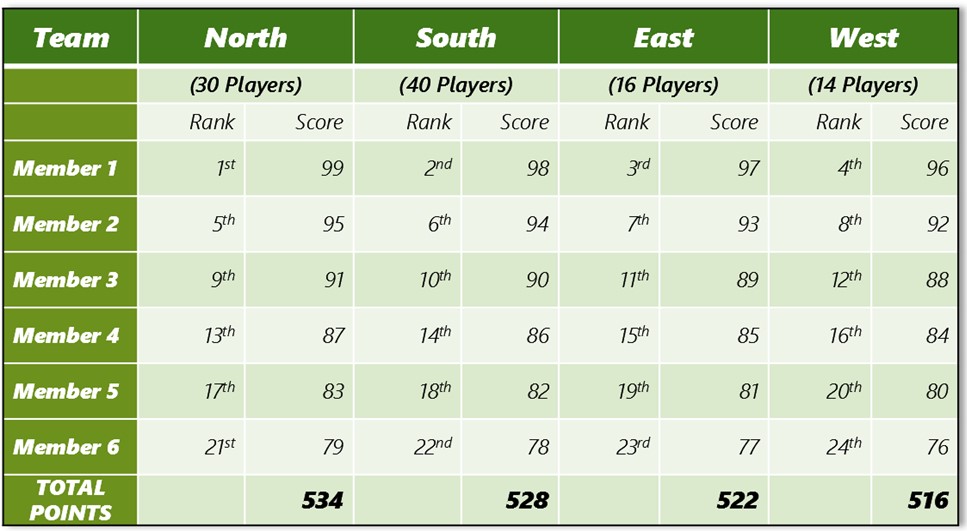
From these results, the player ranked #1 (a player for the North team) won the individual tournament. In the process of the five-round Swiss tournament, he defeated 2 members of his own team and 1 member of each of the other teams. The results also show that the top six North team players were able to claim the team championship. There was no harm to the team from the defeat of his teammates because the event rewards the overall performance of each player. It was the consistently strong performance from the entire North team that allowed them to claim the team victory.
Conclusion
The USCF made Rollins System official in the Jan 2014 publishing of the Official Rules of Chess. One of the best parts about the path to creating this rule is that it proves that ‘ordinary’ players can have an impact on the sport that we love. I’m not a great chess player. I’m not a Master or GrandMaster. I’m not even a tournament director. I’m an ordinary player who saw something that needed to be done and found a way to fix the problem. You can too. I hope you find rule 31A1 useful for your events. Above all else, I hope it shows that as lovers of the game, there is still room for improvement and everyone has the ability to make it better.
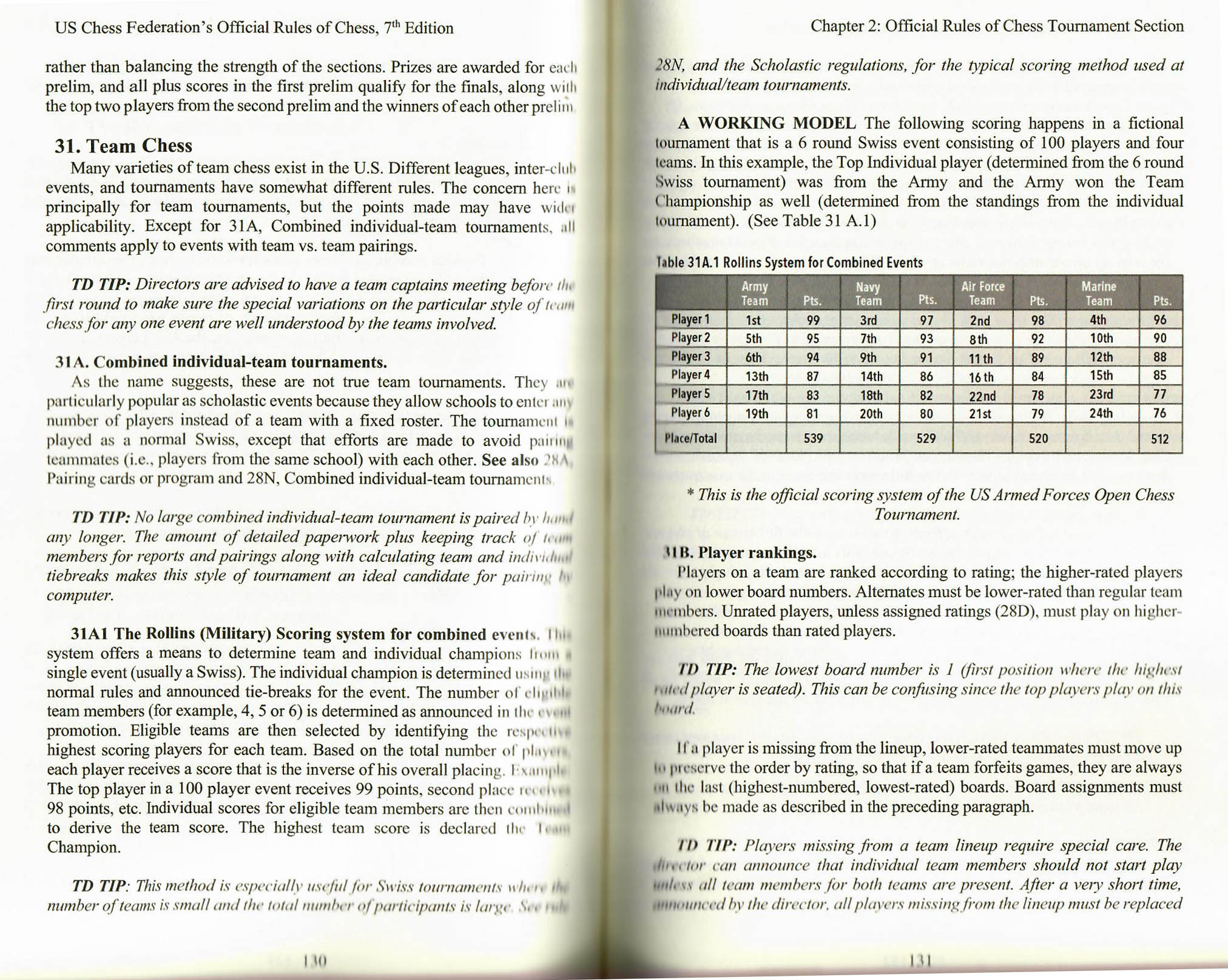
The Rollins Scoring System
About the Author
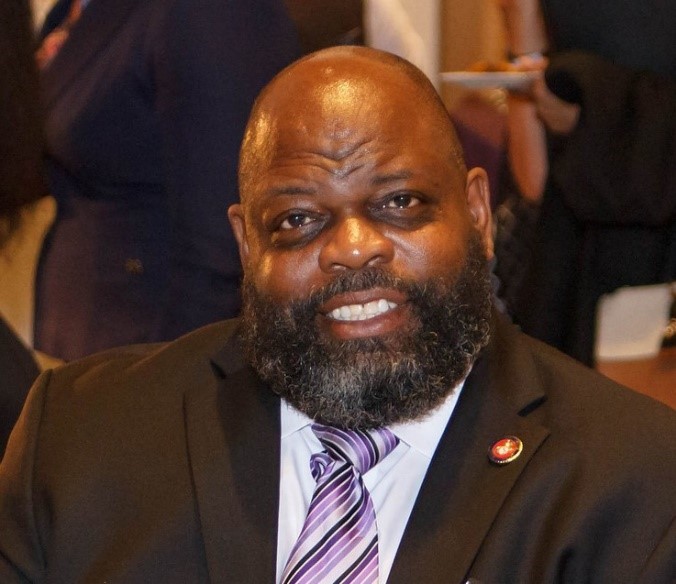
Steven Rollins is a retired Marine and multiple-time member of the All-Marine Chess team and a participant in the Interservice Chess Tournament and US Armed Forces Open Chess Championship. He is also a former chairman of the US Chess Federation’s Military Chess Committee. The Rollins System is the official system of the US Armed Forces Open Chess Tournament.
Steven Rollins shrollins@yahoo.com
